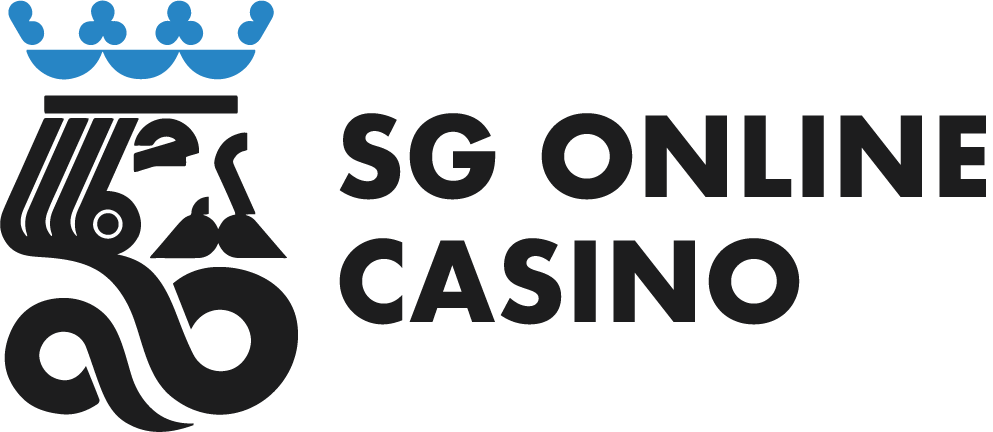How To Play Mahjong Game Singapore | Mahjong Rules SG
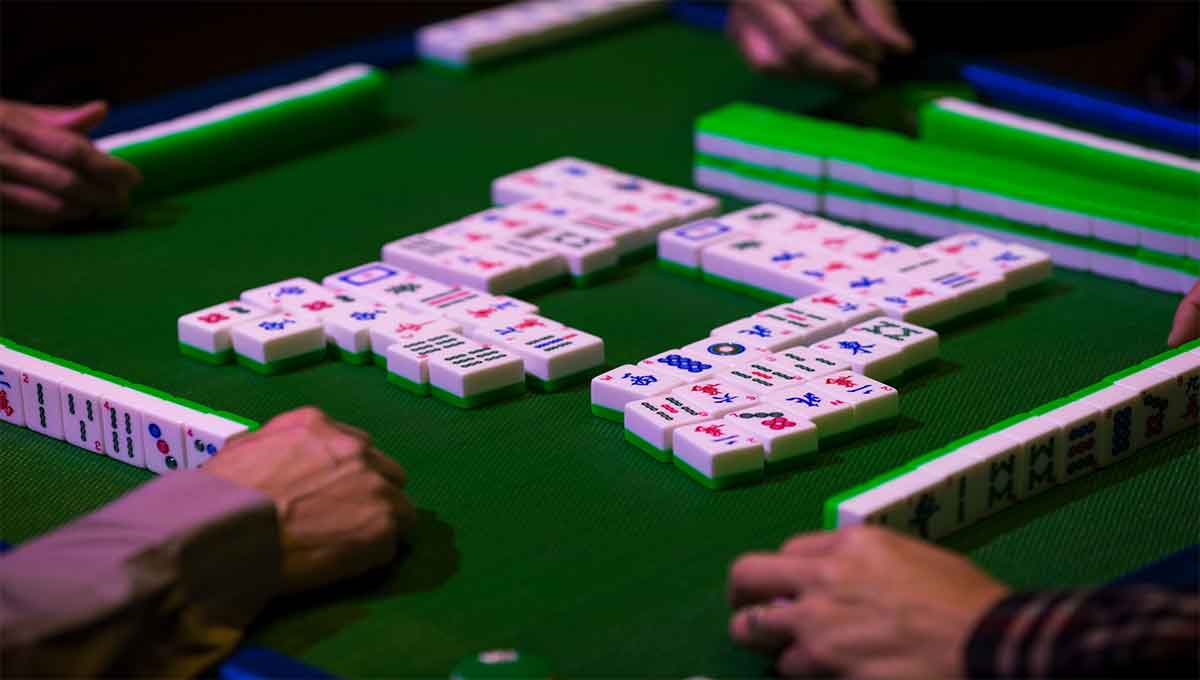
Discover the timeless appeal of Mahjong, a captivating tile-based game that has captured the hearts of players worldwide. Originally hailing from China’s Qing era, Mahjong has gained immense popularity over the years, and it continues to be a beloved pastime enjoyed by many.
Classic Mahjong is a cherished traditional Chinese tile game that has become a favorite leisure activity, providing hours of fun and entertainment. Chinese Mahjong, the essence of competitive gameplay involving 2-4 gamers, has achieved global acclaim despite slight rule variations. The exquisite tiles used in this game resemble puzzle pieces, much like how classic Poker cards are associated with Solitaire. While Mahjong has found widespread adoration in numerous Asian cultures, it may be overlooked or undervalued by others. Notably, Mahjong for three gamers has gained significant traction in Japan, Korea, Singapore and Malaysia.
This concise guide serves as your gateway to understanding the fundamentals of competitive Classic Chinese Mahjong. Experience the thrill of Mahjong, a game that has taken the world by storm, particularly in Singapore, where it has become immensely popular. Let’s get to know how to play mahjong Singapore!
Table of Contents
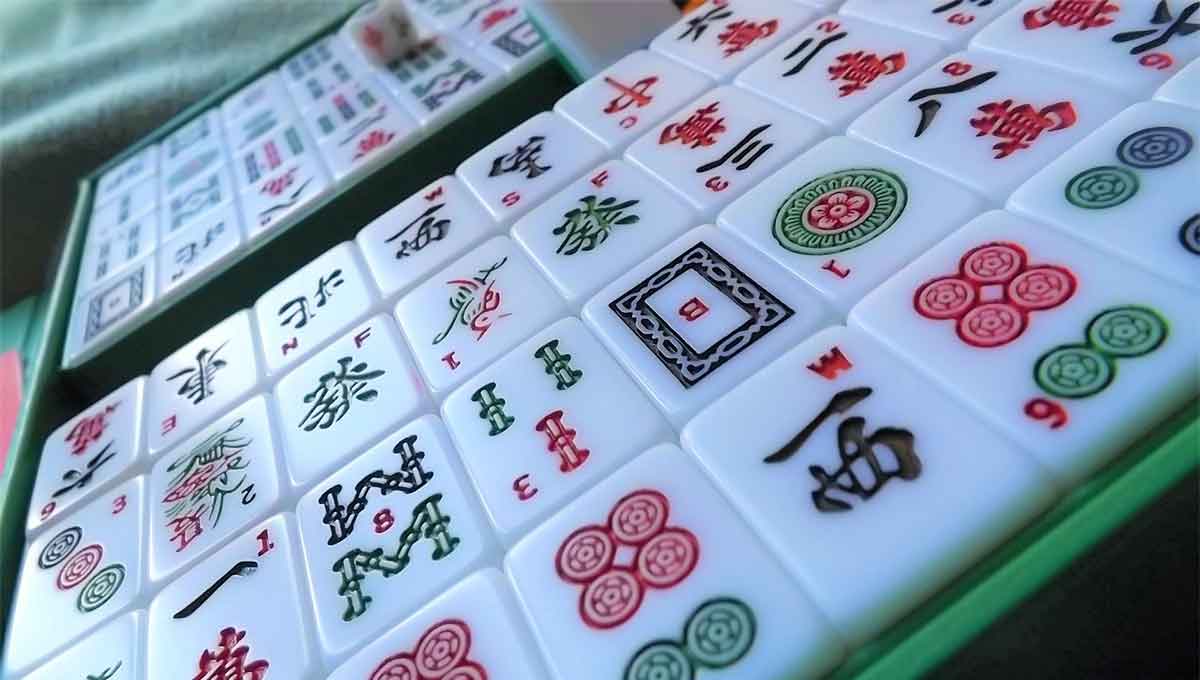
How to play Mahjong Singapore & the General rules of Mahjong Game
In the world of Mahjong, there are various regional variations, including American Mahjong, Taiwanese Mahjong, Japanese Mahjong, and more, each with its own distinct rules. Additionally, individual households may have their own set of rules. It is crucial to ensure that all gamers are well-informed about the specific style of Mahjong being played, any house rules in effect, and whether it involves monetary stakes.
One highly popular style of Mahjong in Hong Kong is Hong Kong Mahjong, also known as Cantonese Mahjong. This style has gained widespread recognition, frequently appearing in Hong Kong Mahjong films from the 1990s. For those interested, Netflix's "Fat Choi Spirit," featuring the talented Andy Lau, is a notable film to watch with English subtitles. In recent decades, the Hong Kong Taiwanese style of Mahjong has also gained popularity of play among locals and aunties alike. For the purpose of this article, we will focus on the strategies and gameplay of the Hong Kong/Cantonese Mahjong style.
How is it played for beginners
What do you need to play?
The Set of Tiles
Stones
The stones suit is known by various names such as wheels, circles, or cookies. This suit is distinguished by its circular-shaped tiles, each adorned with one to nine round shapes.
The circular shape symbolises the ancient Chinese coin known as tóng, which typically features a square hole at its centre. Within the Mahjong tiles, the stones suit is further divided into four sets, with each consisting of nine tiles. As a result, a complete Mahjong game encompasses a total of 36 stone tiles.
Flowers
The Characters suit, also referred to as digits, thousands, or coins, is one of the fundamental suits. These tiles bear the Chinese character "wàn," representing 10,000, prominently displayed on their faces.
Furthermore, each tile within the characters suit showcases a unique Chinese character corresponding to numbers one through nine. To successfully arrange the tiles in a numerical sequence, it is vital to grasp the Chinese numerals from one to nine. In a complete Mahjong tiles, you will find a total of 36 character tiles.
Bamboos
The bamboo simple suit is commonly known as sticks, representing the bamboo sticks themselves. These sticks symbolize the strings (竹, zhú) that were traditionally used to thread ancient copper coins, forming sets of either 100 (吊, diào) or 1,000 (贯, guàn) coins.
Within the bamboo suit, you will find tiles numbered two through nine, each adorned with a distinct depiction of bamboo sticks. However, it's worth noting that the number one tile diverges from this pattern. Instead of a bamboo stick, it showcases a charming bird perched on bamboo, hence earning the nickname "bird." The complete bamboo tiles comprises a total of 36 tiles.
Honor Suits
One of the two honorable suits is the Wind suit, which signifies the cardinal directions. These tiles portray the compass directions: north (北, běi), east (东, dōng), south (南, nán), and west (西, xī). To effectively recognise and organise this suit, it is important to familiarize yourself with reading the corresponding Chinese characters for the cardinal directions.
A play comprises of four sets of four tiles, resulting in a total of 16 wind tiles for an immersive gameplay experience.
The other honorable suit is commonly referred to as arrows or dragons. Each group of arrow tiles consists of three intricately designed tiles, carrying symbolic meanings associated with the ancient imperial examination, archery, and the cardinal virtues of Confucius.
One of the tiles features a vibrant red character (中, zhōng), symbolizing success in the imperial examination, a skilled archer hitting the mark, and the cherished Confucian virtue of benevolence.
Another tile showcases a captivating green character (发, fā), which is closely linked to the phrase "发财" (fā cái), representing the pursuit of wealth and prosperity. It also embodies the imagery of an archer gracefully releasing the bowstring and the esteemed Confucian virtue of sincerity.
Lastly, a tile presents a serene blue character (白, bái), symbolizing a "白板" (bái bǎn) or a white board. This signifies a missed archery shot and signifies the esteemed Confucian virtue of filial piety.
A complete Mahjong set consists of 12 arrow or dragon tiles, adding depth and excitement to the game.
Animals
Animal tiles (Chinese: 动物牌; pinyin: dòngwù pái; Cantonese Jyutping: dungmatpaai) are unique flower in Mahjong that automatically match the player's seat. Unlike other tiles, they do not have numerical values. These tiles are often found in pairs and depict popular Chinese stories as their subjects. Collecting a two same animal or completing a collection of all animals can result in an immediate monetary reward. In Singaporean Mahjong sets, there are two pairs of animal, while Thai and four-person Singapore sets typically include four pairs.
Singapore Mahjong distinguishes itself from Hong Kong Mahjong with the inclusion of four animal bonus tiles: the cat, mouse, chicken, and centipede. These animal pairs, such as the cat and rat, or the chicken and centipede, create intriguing predator-prey combinations.
In three-gamer Singaporean sets, along with two pairs of animals, gamers will find a group of identical animal featuring the face of a clown. These tiles may depict various heads, faces, clowns, or snowmen. Occasionally, the two pairs of male heads (male clowns, male faces) and female heads (female heads) may be substituted with four female heads (female clowns, female faces).
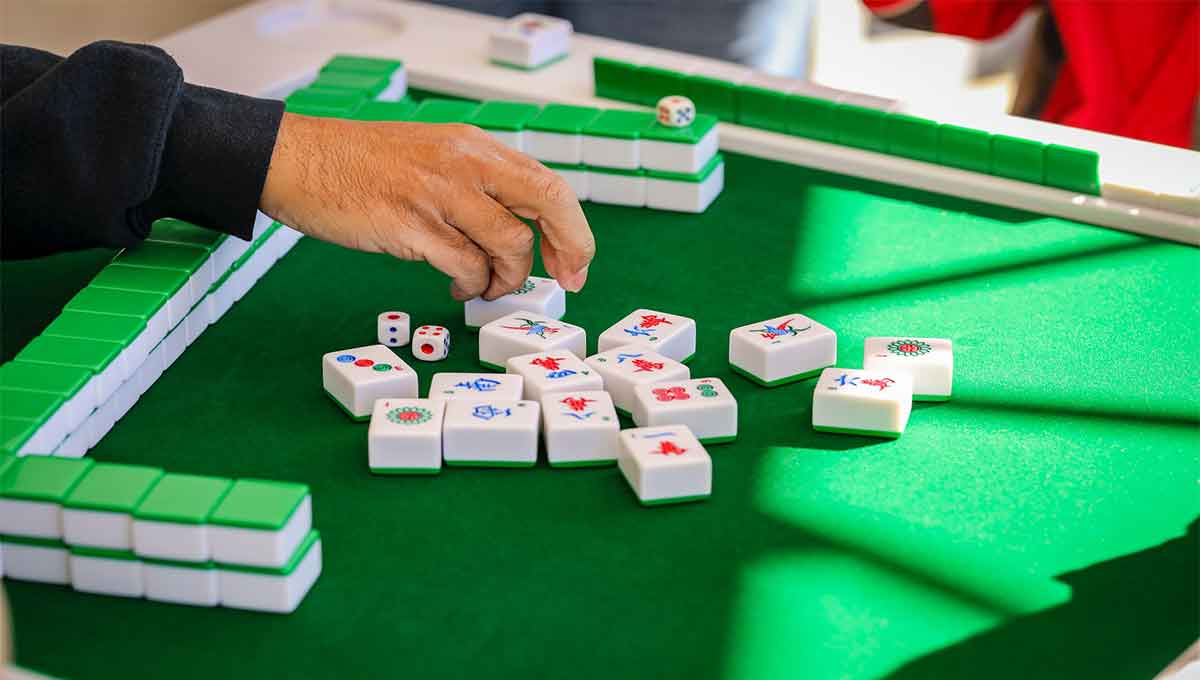
Pre-Game: Before Playing on the Table
Dealer
Drawing Hands
The play commences as the East Wind gamer, positioned in front of the paries on the table, begins the drawing phase. Starting with the East Wind gamer, each participant draws tiles to construct their mahjong hand. A total of 13 tiles are distributed to each gamer, following specific draw rules that vary across Classic Mahjong variants. Typically, gamers take turns drawing 6 tiles initially, and then repeat the process once more. This brings the total to 12 tiles for each gamer. Finally, in play turn order, each gamer draws one additional tile, resulting in all gamers having completed obtaining 13 tiles.
With all gamers equipped with their tile combinations, the game is now officially underway. Prepare to showcase your strategic skills and embark on an exhilarating Mahjong journey filled with calculated moves and intense gameplay.
Turns
The objective of Mahjong is to form a complete winning player hand consisting of 14 tiles, comprising four sets of three tiles and a pair.
At the start of each turn, gamers begin with 13 tiles, and the 14th tile is acquired through drawing. This means that each gamer has the opportunity to win once during their turn.
During the initial turn, the dealer, also known as the East Wind, takes the first move by drawing a tile from the wall. The player then selects one tile from their hand to discard, placing it face-up in the center of the board, signaling the end of their turn. Other players can claim the discarded tile/unwanted tiles to complete a set in their own hand by making a Pung, Chow, or Kong call. Successful claims result in the claiming player skipping their turns and replacing the claim with drawing a tile from the wall with the discarded tile. The completed set must be placed face-up in front of the gamer's hand and cannot be touched for the remainder of the game, though it is still considered part of their hand.
If no claims are made, the turn passes to the next player in a counterclockwise direction, following the orderly arrangements play of the Winds (East, South, West, North).
It's important to note that each player starts their turn with 14 tiles, whether acquired through drawing or claiming a discard. This layout does not prevent the East Wind gamer from winning in their first game.
Sets
Chow
a Chow is a set of three consecutive tiles from the same suit, similar to forming straights in poker. To create a Chow, you need to use a tile from the player sitting to the left of the one calling for the Chow.
It’s important to note that Chow sets cannot be formed using Honor Tiles, which adds an additional strategic element to the game.
Pong (Pung)
Kong
A Kong is formed when you have four matching tiles of the same suit and rank. While a winning hand requires four sets and a pair, obtaining a Kong necessitates having four tiles, resulting in a slight imbalance. To address this, the player must draw an additional tile from the Wall to make up for the tile shortfall. It’s important to note that a player with a concealed Kong in their hand cannot win without exposing it first by making a call.
What makes a Kong truly remarkable is that any player can transform a previously called and revealed Pung into a Kong by adding the fourth matching tile. Once this transformation occurs, the player who completes the Kong draws a new tile to replace the one that was utilised. This exciting possibility arises because each tile can only have a maximum number of 8 duplicates, ensuring a fair and dynamic gameplay experience.
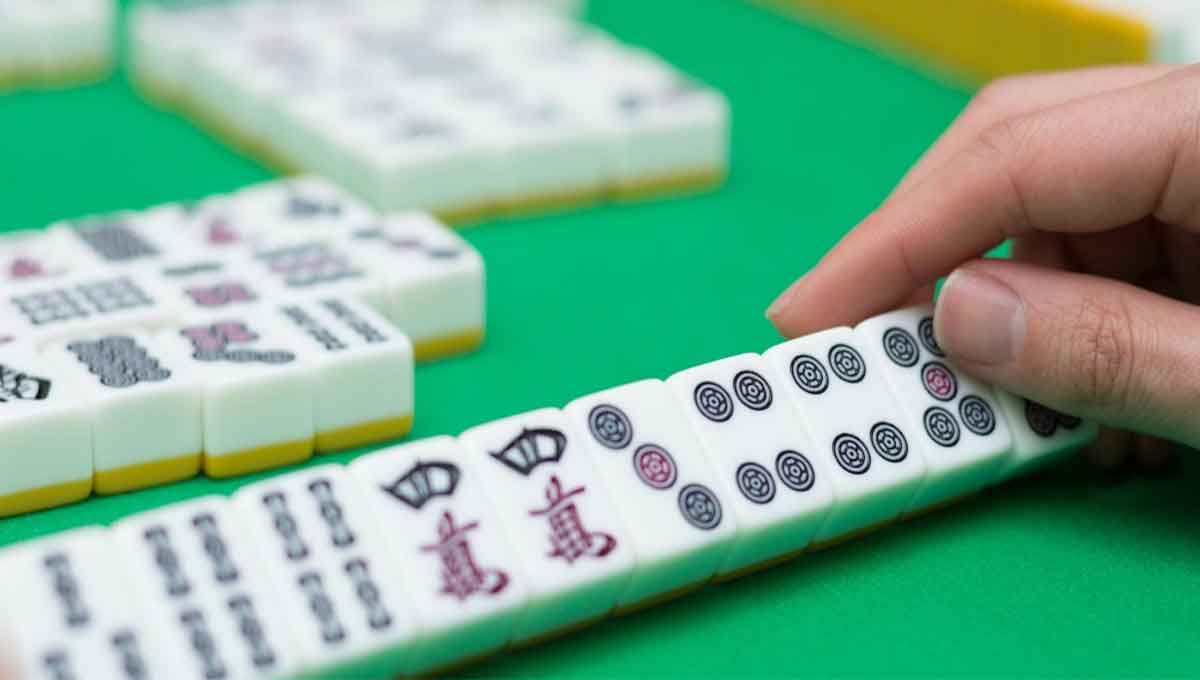
Mahjong rules
Calls
Chows can only be formed using discards from the player on the left. Pungs and Kongs, on the other hand, can be formed using any discarded tile. To minimise disputes when multiple players claim a discard, a priority list is followed:
- Claims that lead to a winning hand take precedence.
- Pungs take priority over Chows, and Kongs take priority over Pungs.
- If there are multiple identical claims, the claim of the player next in anticlockwise order will be accepted by default.
Penalties
To maintain fairness and prevent cheating or accidental mistakes that may provide unfair advantages, Classic Mahjong implements penalties through its scoring system.
After successfully making claims, the player is required to present the completed set. Failure or refusal to do so will result in penalties, as outlined in the Scoring section of this guide. It is important to adhere to this rule to ensure a fair and enjoyable gameplay experience.
Scoring & Points
Scoring in Mahjong is based on a point system, which varies depending on the specific Mahjong variant that you play. However, the ultimate goal and rewards remain consistent.
Points can be earned through various winning scenarios, such as drawing from the wall or claiming a discard. Different payouts are associated with each scenario. If a win is achieved by drawing from the wall, all players must pay double the point value. In the case of a win resulting from a claimed discard, the player who discarded the tile pays double, while the other players pay the regular point value of the hand.
The point value of a hand is determined by its composition. While most winning hand consist of four sets and a pair, certain exceptional circumstances can lead to higher payouts. Examples of such circumstances include:
- Concealed hand with no unconcealed sets.
- Sever pairs of cards, deviating from the usual four sets and one pair rule.
- All sets and pairings from a single suit of honor tiles.
- Only Pungs or Kongs in the hand, with no Chows.
- Pung or Kong formed with Dragon tiles.
Some Mahjong versions feature special hands that offer additional points if successfully formed. The ruleset of each version typically provides a list of these exceptional hands.
In certain Eastern Mahjong variations, drawing a Flower or Season tile directly rewards the player with a portion of the payment, providing an added incentive.
By understanding the scoring system and pursuing strategic combinations, players can aim for higher scores and enhance their Mahjong gameplay experience.
Tips & Strategy
This game shares similarities with speed mahjong, as the objective is to swiftly build up your hand for victory.
Different players have their own preferences when it comes to winning strategies. Some aim to accumulate enough fans to secure a win, while others focus on constructing their hand to achieve the maximum number of fans.
It is advisable to frequently rearrange your hand. Skilled players can analyse your hand based on its composition, so constantly changing the number of tiles can make it challenging for them to accurately predict your discards.
Maintain the secrecy of your tiles. Unless you make a claim, there is usually no need to reveal your tiles. Keeping a Pung hidden is often more advantageous than claiming a Kong, as it provides you with more options for discarding tiles. It's important to note that certain Mahjong variations place higher value on concealed hands compared to exposed hands.
By employing the right techniques, individuals can become skilled players and participate in Mahjong tournaments held worldwide.
Singapore Mahjong
In the Singaporean 3-gamer table mahjong, the game utilises only circle tiles and honor tiles, along with the inclusion of eight additional flowers unique to Singaporean mahjong sets (known as 'face' and 'animal' tiles), as well as jokers (referred to as 'fly' tiles). The length of the game is not predetermined, and the dealer for each round is determined based on the winner of the previous round.
Winning a hand rewards the player with 100 points, with an additional 20 points for each fan (scoring combination). If the hand is won through self-draw, both players share the pot equally. However, if the hand is won through a discard, only the player who discarded the winning tile receives the pot (the other player pays the normal value). If concealed Kongs (four-of-a-kind sets) are formed, the player receives 100 points from the other players. If Kongs are promoted (formed by adding a tile to an existing Pung), they earn 50 points. Open Kong points are paid by the discarder on behalf of both players. Having a complete hand of bonus tiles grants an immediate 100 points, or 50 points if drawn later in the game.
If the winning player does not score 10 fan, the non-winning player with a hand worth less than 5 fan pays the difference in score to the other non-winning player. If both non-winning players have hands worth more than 5 fan, they simply pay the difference between their scores. As an additional bonus score, all players receive 50 points for winning with flying tiles.
Online Mahjong
When it comes to online Mahjong games, the original version remains the most popular choice in casinos worldwide. However, there are several variants available that offer a diverse and exciting gameplay experience. Traditional Mahjong has been a prominent game in Chinese casinos for a long time, but the Singaporean Mahjong has evolved into various game variations.
To enjoy casino Mahjong games, it is important to find a reputable website that offers a wide selection of Mahjong games, specifically tailored to suit your preferences. Look for websites that provide a range of Mahjong games in Singapore, offering different games options that provide enhanced value and can be played within a shorter time frame. This ensures you have a great time playing without consuming too much of your valuable time.
Certain Mahjong variations are exclusively available in the online format, allowing you to play them conveniently from your computer or mobile device. One such example is Mahjong Dimensions, which offers a unique table gameplay experience. While you may wonder why you can't simply play these amazing game variants in real life, the truth is that recreating them accurately in an online format can be quite challenging.
In the realm of live casino Mahjong, Mahjong Dimensions is the only variant that can be played online. Other variations feature different themes and can be enjoyed both offline and online. Mahjong has evolved over time, giving rise to a diverse range of games to cater to different preferences and interests.
Conclusion
Mahjong is an engaging game that can be quite addictive, and the online platform offers a wide range of options to make the most of your gaming experience. Just like traditional physical Mahjong, online Mahjong games provide ample content and offer even greater value for your time.
If you’re interested in trying out Mahjong online, there are numerous websites available that allow you to play live Mahjong from the comfort of your own home. These online platforms provide an opportunity to not only enjoy the game but also engage with other players. Every moment of the game is streamed live, ensuring an immersive and interactive experience. It’s no wonder that so many people are choosing to play games online—it’s a convenient and enjoyable way to indulge in their favorite pastimes.
When playing Mahjong online, it’s important to ensure that you choose a legitimate and trustworthy website that maintains high standards of financial security and fair gameplay. Take the necessary precautions to verify the authenticity and reliability of the platform before getting started, as it will ensure a safe and enjoyable gaming experience.
Discover the excitement of online Mahjong games in SG Online Casino. the best & trusted online casino in Singapore, and explore the various gaming options of live Mahjong gameplay. Immerse yourself in the virtual world of Mahjong, interact with fellow players, and have a great time while ensuring a secure and fair gaming environment, only at SG Online Casino.
